Allen R Williams, Ph.D., Soil Health Academy Instructor
By the time you read this we will be fully into summer 2020. In many parts of the country it has been much cooler than normal well into the month of May. Even here in Mississippi we have had a very pleasant spring. Nighttime temperatures in the 40s and 50s with daytime highs in the 70s. Our cool-season perennials and annuals have persisted far longer than in most years. In the South we are full bore into our 2020 grazing season. Many of you in the northern states are just getting started. Regardless of when your grazing season begins, here are my top 10 tips for grazing success in 2020.
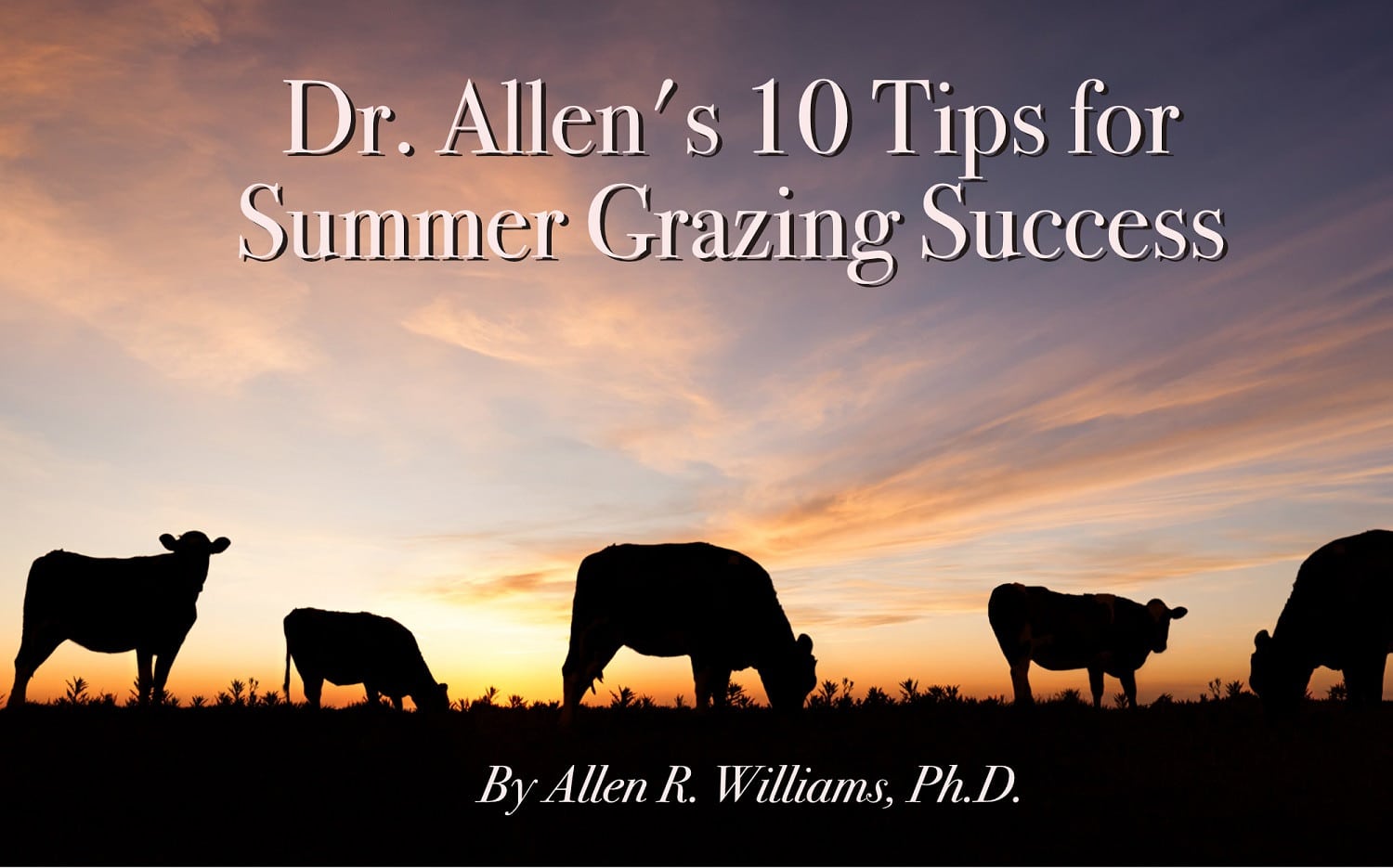
Tip # 1: Do not start spring grazing too early.
After the winter, most people get very anxious to get their livestock turned onto pasture. They see just a green tinge out there and get the itch to initiate grazing. But grazing young, tender growth can set back your entire grazing season and limit total biomass production significantly. Always be prepared to feed or stockpile graze just a little longer into the spring so you have adequate growth before turning the livestock out. That means perennial pastures with at least eight inches of growth.
If you must graze too early, then do what I call a “flash” or “tickle” graze where you move the livestock rapidly through the pastures. But do NOT let them take more than 30% of the total forage biomass on this flash graze. Limiting forage to less than 30% of total biomass will stimulate soil biology and jump start forage growth.
Tip #2: Hope for the best. Prepare for the worst.
We grazers tend to be perennial optimists and believe that each year will be better than the last. Sometimes that is the case, but often it is not. When planning your grazing for the year, prepare your grazing plan as if you will experience challenging conditions. Depending on where you are located, that could mean your summer is drier than normal, wetter than normal, hotter or cooler than normal. If any of these events were to happen, how would that impact the way you graze and the number of head you graze?
Stock to your worst-anticipated conditions or be prepared to destock as needed. Forced destocking almost always results in an economic loss. Not destocking could cost you even more. If you anticipate you may have to destock, have a plan in place so that you will not sell into a declining market.
Tip #3: Do not overgraze.
The most common mistake grazers make is to overgraze their pastures. Andre Voisin, the famous French biochemist and grazer, stated that overgrazing has little to do with the number of animals and far more to do with the amount of time plants are exposed to the animals. If animals remain in any one place for too long, or return too soon, they will overgraze certain plants. One cow grazing a 10-acre paddock continuously all season can kill thousands of plants. In this situation, your pasture is overgrazed while being understocked (unless you are in the western rangeland or desert). However, 1000 cows grazing that same 10-acre paddock for a portion of a day will not kill a single plant. Rather, they will significantly stimulate soil biology and the latent seed bank.
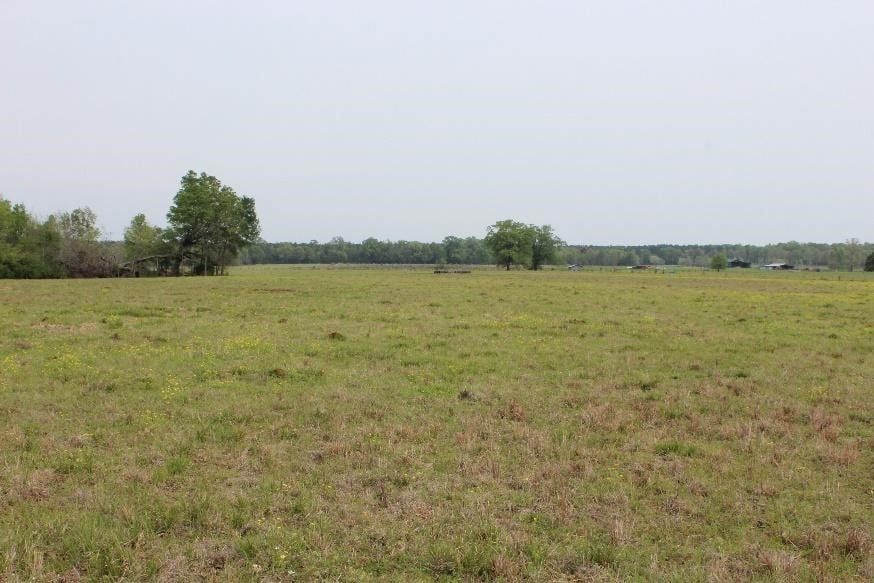
Tip #4: Don’t sweat the weeds
We worry far too much about “weeds” in our pastures. First, any definition of a weed is purely subjective. If our livestock will eat it, it is not a weed but a forage. Second, the plants we call weeds are growing there for a reason. We created the reason and are responsible for those weeds. Third, many of these weeds have secondary and tertiary compounds (nutritive compounds) that are medicinal and anti-parasitic in nature. When our livestock eat those weeds, they are self-medicating and self-deworming.
Every plant tells a story of what is happening beneath the soil surface and how good a job we are doing in managing our underground “livestock”. Every plant has a purpose and we need to try and understand that purpose. What is that particular plant trying to tell me?
So, instead of sweating the weeds and turning to herbicides and mechanical controls, think about how you can use your livestock as the method of control. That change will produce a series of positive compounding effects that will benefit you greatly in the long run.
Tip #5: Protect the soil. Always.
One of the biggest mistakes we make in our grazing is to allow soil to become exposed. This typically happens when we overgraze or allow patchy grazing to occur. Exposed soil is rarely a good thing. I was at a new client’s farm this week and the ambient temperature was 85OF. Where cattle had grazed down the vegetation close to the ground, the soil temperature was 109OF. Where there was plenty of grass covering the soil, the temperature was just 78OF. That’s a difference of 31OF! (Picture 2) In what spot do you think the soil microbes were fully functioning? In what spot was there still plenty of soil moisture? Interestingly, the soil temperatures were taken only six feet apart. In a span of just six feet, there were two entirely different biological worlds. Which world do you want functioning in your pastures?
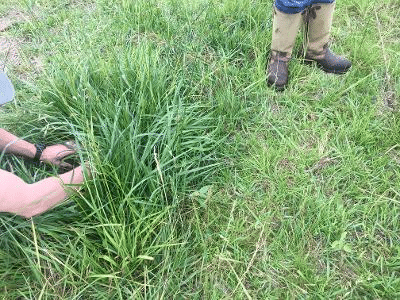
Tip #6: Do not allow your livestock to consume more than 50% of plant leaf volume.
Research conducted by Dr. Richard Teague at Texas A&M University shows that if you allow livestock to consume more than 50% of the leaf volume of a plant, you significantly affect root-growth stoppage. Allowing 50% or less leaf volume consumption results in only 2-4% root growth stoppage. Going from 50% to just 60% leaf volume consumption increases plant root growth stoppage to 50%. At 70% leaf volume consumption you jump to 78% root growth stoppage.
Why is this important? The answer: The Rule of Compounding. Stop root growth and it takes a lot longer for the grazed plant to recover. When this occurs, you lose soil moisture; the soil temperature heats up; there is a loss of soil biology; photosynthesis is diminished; and overall plant biomass production is damaged.
Tip #7: Manage for diversity.
In no case are monoculture pastures desirable if you want ultimate profitability, increased plant biomass production, optimum animal performance, significantly reduced inputs and extended grazing seasons. In short, the greater the diversity the better. This not only includes diversity in plant species but also diversity in plant functional group. So, I not only want multiple grass species, but I also want multiple legume and forbs present in my pastures (Picture 3).
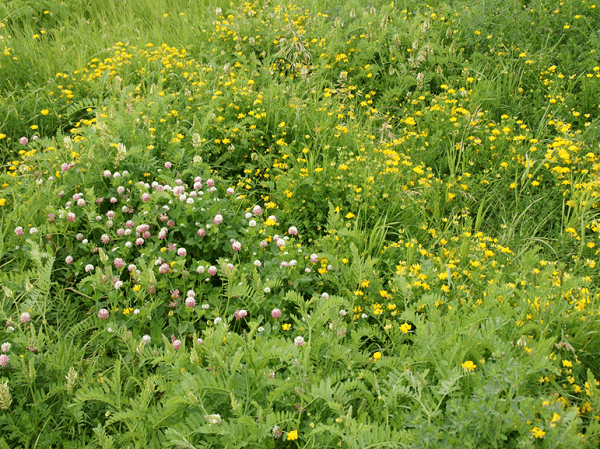
Multiple species and functional groups provide far greater microbial stimulation and population support, more diverse secondary and tertiary compound production, increased plant nutrient uptake, and better soil, plant, and animal health. If you are grass finishing, this diversity also produces a far more complex and desirable flavor in the end product.
Additionally, with greater diversity, you will see far more beneficial insects, pollinators, birds, and other wildlife. The entire ecosystem of your farm will improve and function more optimally.
Tip #8: Remember the Rule Of Disruption.
Plan on introducing some type of disruption in each pasture every year. Being formulaic or prescriptive in your approach each year will only lead to stagnation of progress and frustration. Just as an athlete must alter his or her exercise routine to keep making progress, the same must happen with your pastures. So how can you create disruptions that are beneficial?
- Alter stock densities
- Alter rotation patterns
- Alter time of season/year you are grazing a particular pasture
- Alter grazing height on and off
- Alter pasture rest periods
- Alter species order (if you are a multiple-species grazer)
Tip #9: Combine herds or flocks.
One of the best management strategies you can employ is to combine your herds or flocks into as few groups as possible. Proper grazing management becomes very difficult when you have multiple groups of animals to manage. For most of us, there really is no legitimate reason not to combine our animals into a single herd or flock, or no more than 2-3 groups. They are far easier to manage and you can create a much better biological impact, plus provide longer rest periods between grazings.
Tip #10: Be Observant!
The tenth tip, but certainly not the least, is to use your powers of observation—daily. What you observe teaches you how to improve your grazing. Keen observation develops your intuition and intuition makes for better decision making.
Observe everything. Take the time each day to practice observation (Picture 4). It will pay off handsomely. Observe the livestock including their comfort, gut fill, manure, body condition, actions, movements, hair coat, grazing habits, what they eat and what they avoid.
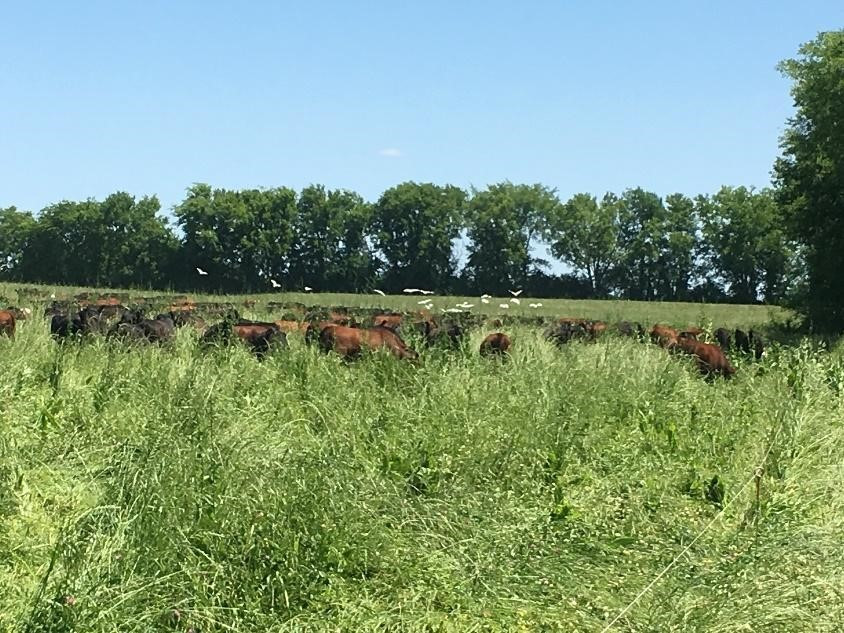
Observe the soil – Dig up divots routinely to observe soil aggregates, soil aroma, earthworms, other signs of life, root growth, moisture, color and texture.
Observe the plants – How many species of plants can you count? How many grasses, legumes and forbs? What is their proportion to each other in the mix? What species are dominant? Does plant-species dominance change from pasture to pasture? If so, why? Routinely measure plant brix. It’s not a perfect measurement (none are), but quite valuable if measured weekly. Do you notice differences in the same plants from pasture to pasture?
Observe the insects and pollinators – How many insects are present and in what numbers? What species do you see? How many pollinators, including bees and butterflies?
Observe the birds and wildlife – If you are making regenerative progress you will see far more birds and bird species present. They are a key indicator of a healthy ecosystem. You should notice flocks of birds following your livestock rotations. Are your deer and turkey populations increasing? Is the quality of the deer better? Are you seeing more ground-nesting birds? Better grazing attracts more ground nesters. The birds are attracted by favorable habitat and food and you create that with better grazing.
Summary
These are my top 10 tips for successful grazing. Are there other tips that are beneficial? Sure. However, if you practice these 10 tips routinely, you will have a great grazing season and you will learn more with each day you spend in the pastures with your livestock.
